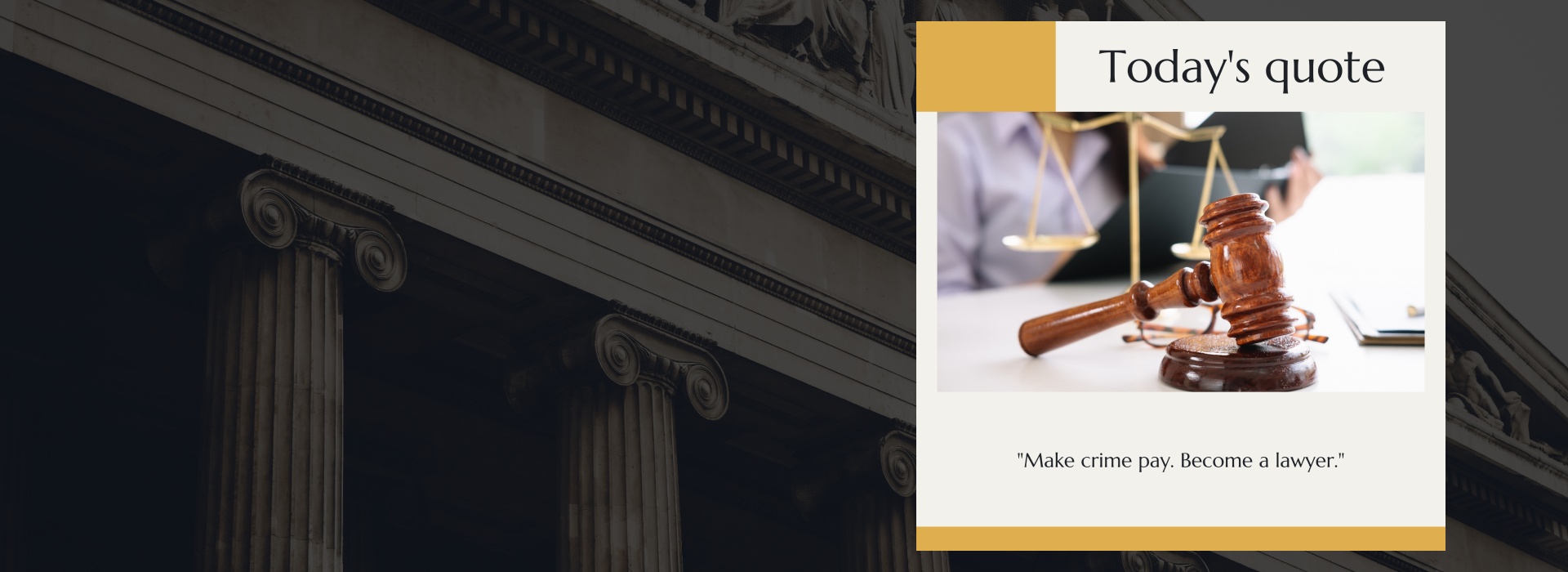Understanding Summary Convictions in Ontario In Ontario, the legal landscape can often feel like a maze, particularly when it comes to…
-
Understanding Summary Convictions in Ontario: Key Insights for Residents
- D.A. Commissioning & Legal Services
Categories: Criminal Defense , Legal Insights , Ontario Law , Summary Convictions
Click Here To Read The Full Article
-

Traffic tickets representation: Navigating the Highway Traffic Act
- D.A. Commissioning & Legal Services
Categories: Highway Traffic Act , Legal Defense , Ontario Law , Traffic Tickets , Traffic Violations
Traffic Tickets Representation: Navigating the Highway Traffic Act Every year, countless Ontarians find themselves grappling with the complexities of the Highway…
Click Here To Read The Full Article
-
Navigating the Human Rights Tribunal of Ontario: A Comprehensive Guide for Residents
- D.A. Commissioning & Legal Services
Categories: Human Rights Tribunal , Legal Services , Ontario Residents , Paralegal Assistance
Understanding one's rights and how to protect them is crucial for individuals residing in Ontario. The Human Rights Tribunal of…
Click Here To Read The Full Article
-
Essential Legal Resources for Ontario Residents: A Guide to Navigating Local Laws
- D.A. Commissioning & Legal Services
Categories: Legal Assistance , Legal Resources , Ontario Laws , Ontario Residents
Living in Ontario offers a vibrant mix of cultural diversity, economic opportunities, and a robust legal framework designed to protect…
Click Here To Read The Full Article
-
Demystifying Small Claims Court: A Practical Guide for Ontario Residents
- D.A. Commissioning & Legal Services
Categories: Legal Guide , Ontario Legal Process , Small Claims Court
For many Ontario residents, the idea of navigating the legal system can be daunting. However, understanding the small claims court…
Click Here To Read The Full Article
-

Understanding the legal process: From consultation to resolution
- D.A. Commissioning & Legal Services
Categories: Case Resolution , Legal Consultation , Legal Services , Ontario , Paralegal
Understanding the Legal Process: From Consultation to Resolution When facing legal challenges, the complexity of navigating the judicial system can often…
Click Here To Read The Full Article
-

How to Choose the Right Paralegal for Your Needs in Ontario
- D.A. Commissioning & Legal Services
Choosing the right paralegal can make all the difference when dealing with legal issues in Ontario. Paralegals provide essential services…
Click Here To Read The Full Article
-

Navigating Landlord and Tenant Disputes: Legal Rights and Responsibilities
- D.A. Commissioning & Legal Services
Categories: Dispute Resolution , Landlord , Legal Rights , Legal Services , Ontario Law , Residential Tenancies Act , Tenant
Understanding the legal landscape of landlord and tenant disputes in Ontario can be daunting. Whether you are a landlord aiming…
Click Here To Read The Full Article
-

Common Mistakes to Avoid in Small Claims Court
- D.A. Commissioning & Legal Services
Categories: Legal , Legal Services , Ontario , Paralegal , Small Claims Court
Stepping into a courtroom, even a small claims court, can be daunting. For many residents of Ontario, the thought of…
Click Here To Read The Full Article
-

Top 3 Common Legal Issues in Ontario and How to Navigate Them
- D.A. Commissioning & Legal Services
Facing legal problems can be stressful, especially when you don't know where to turn. Here in Ontario, some legal matters…
Click Here To Read The Full Article
-

Types of Paralegals and the Work They Do
- D.A. Commissioning & Legal Services
In the complex world of law, paralegals play a crucial role, often working behind the scenes to support lawyers and…
Click Here To Read The Full Article
-

5 Benefits Of Outsourcing Paralegal Services
- D.A. Commissioning & Legal Services
In today's fast-paced legal landscape, law firms and businesses face increasing pressure to optimize their operations while still providing high-quality…
Click Here To Read The Full Article
-
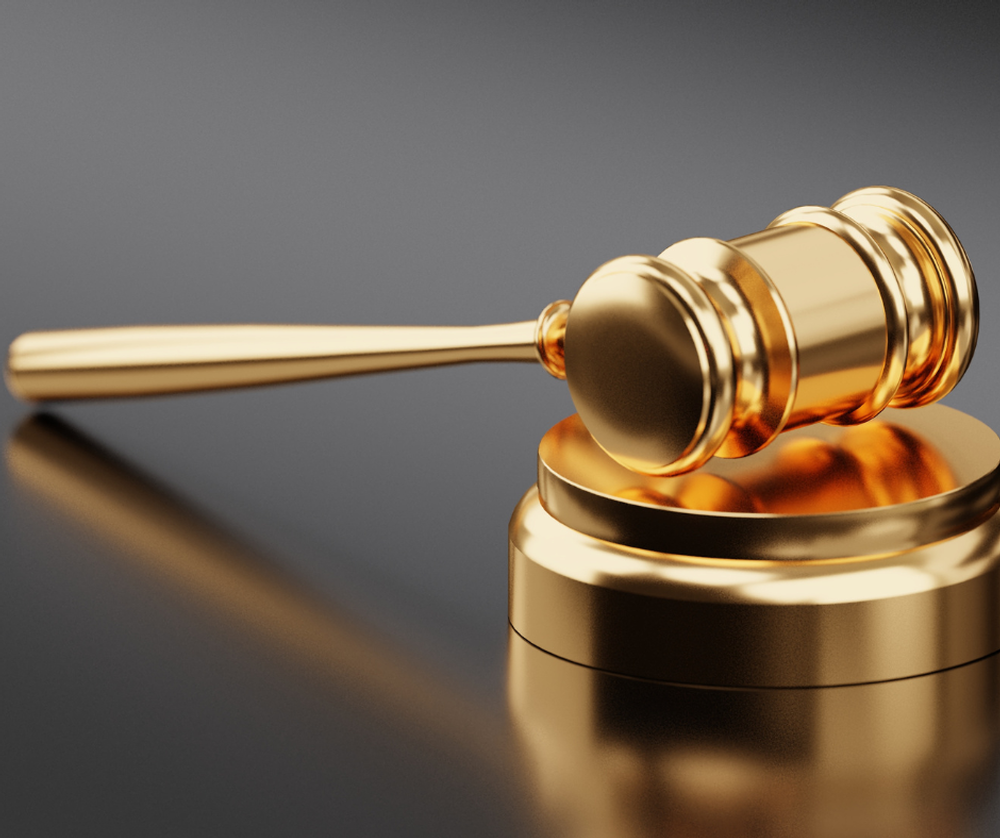
Navigating the Complexities of Landlord and Tenant Law in Ontario
- D.A. Commissioning & Legal Services
Navigating the Complexities of Landlord and Tenant Law in Ontario Whether you're a landlord renting out property or a tenant seeking…
Click Here To Read The Full Article
-
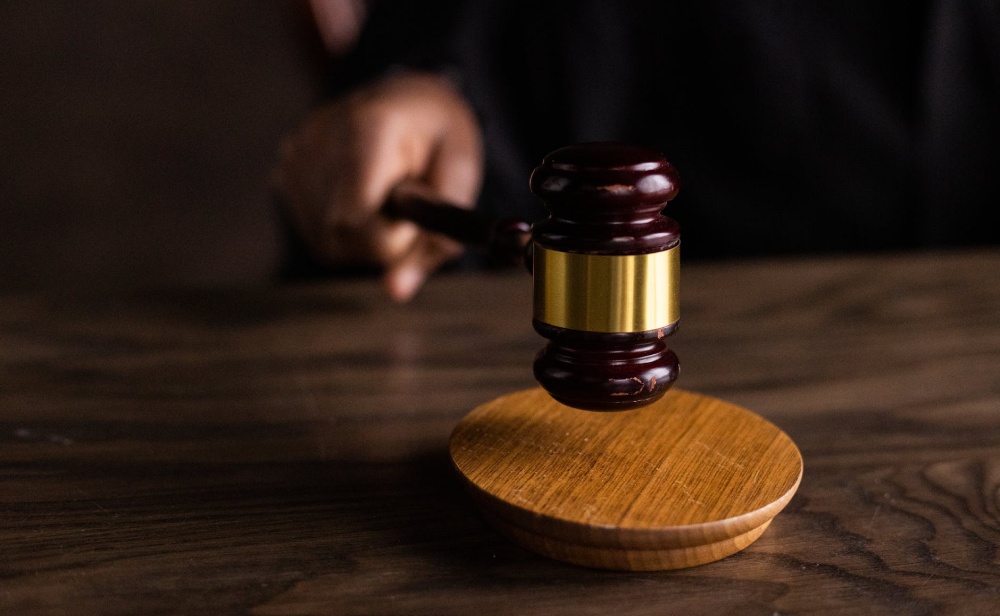
Unlocking 10 Advantages of Partnering with Expert Legal Services
- D.A. Commissioning & Legal Services
In the intricate world of legal matters, the assistance of professional legal services can offer multiple benefits. From expert guidance…
Click Here To Read The Full Article
-
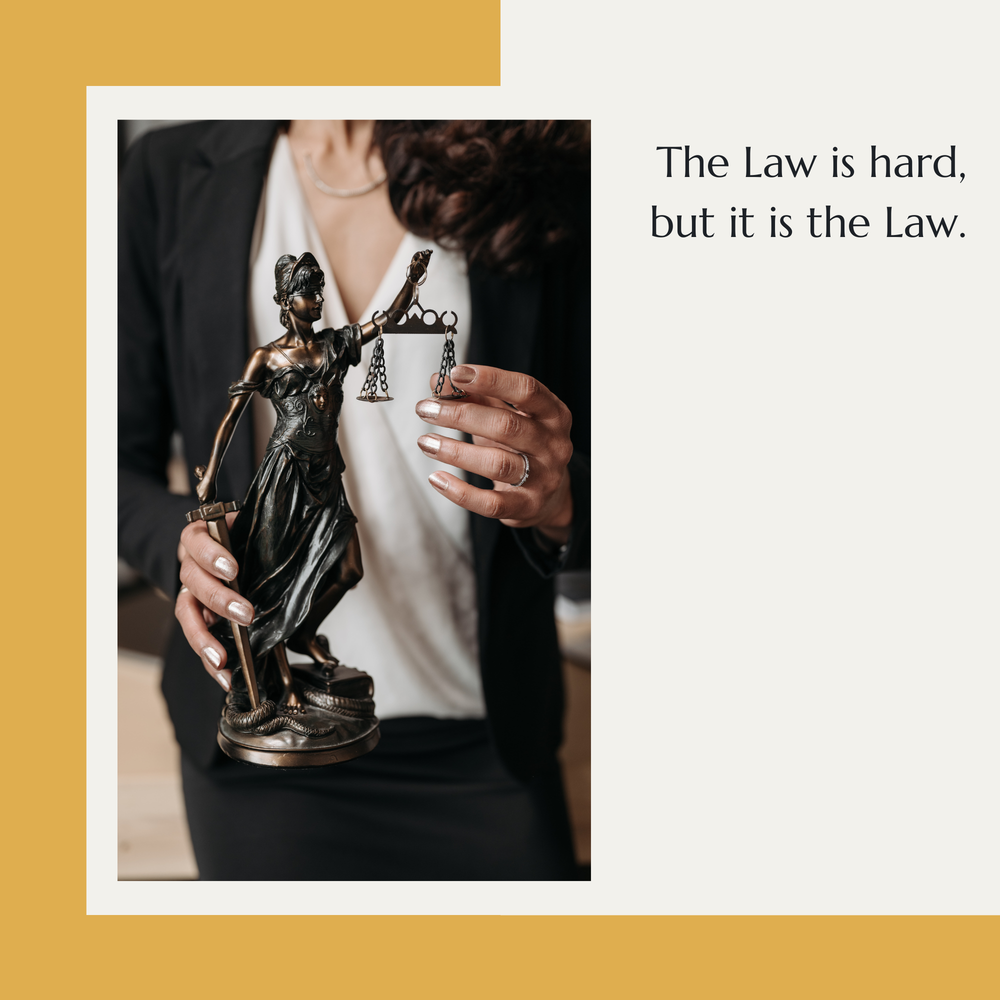
Our Blog Entry
- D.A. Commissioning & Legal Services
It’s one of life’s great mysteries: How much is that traffic ticket going to cost? Not the fine itself, but the…
Click Here To Read The Full Article
-

How Matters Proceed In Ontario Courts
- D.A. Commissioning & Legal Services
If you are owed money by a business or an individual in Ontario, the Small Claims court may be able…
Click Here To Read The Full Article
-
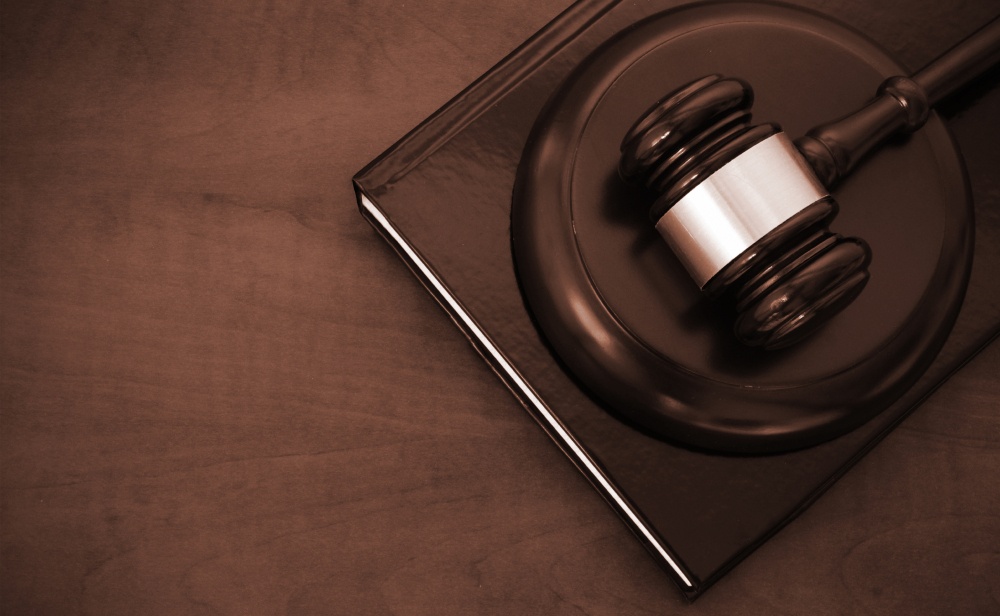
Red Light Cameras
- D.A. Commissioning & Legal Services
There are 26 Red Light Cameras in Peel Region. We all try to follow the rules of the road, but there…
Click Here To Read The Full Article

